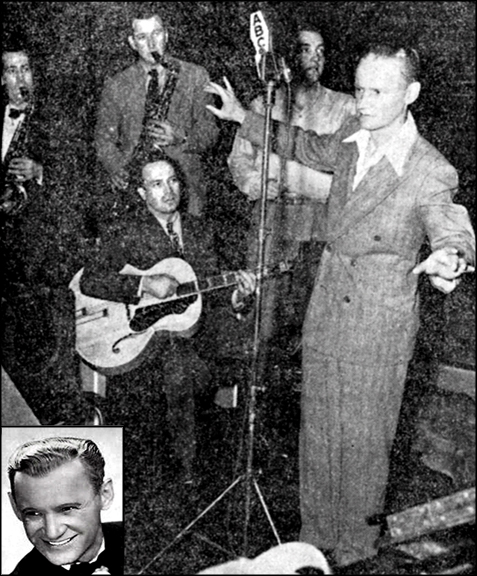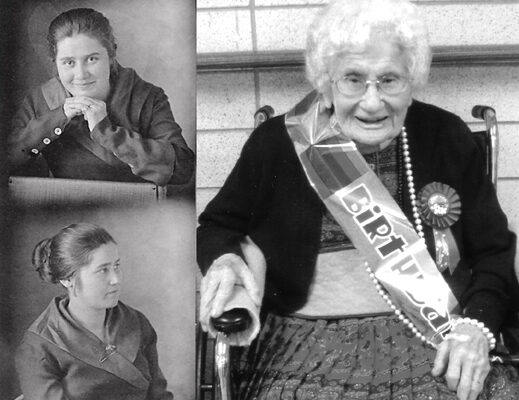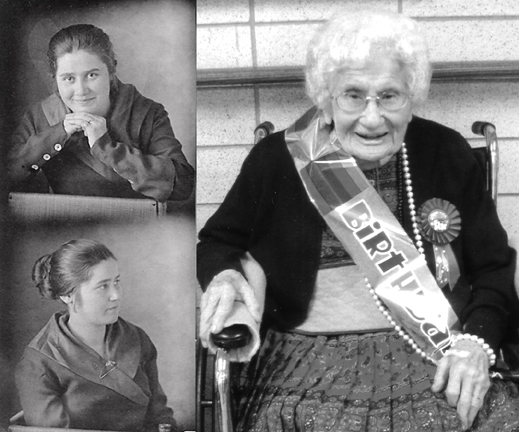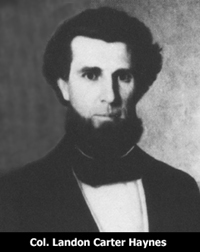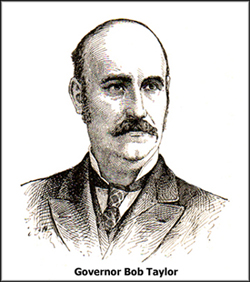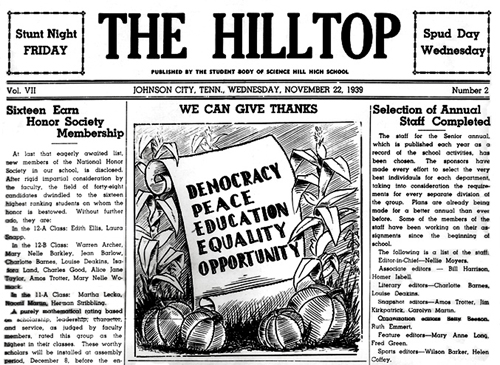In January 1961, five young local men, ranging in age from 16 to 23, went to New York City to participate in a nationally televised program, “Ted Mack’s Original Amateur Hour.”
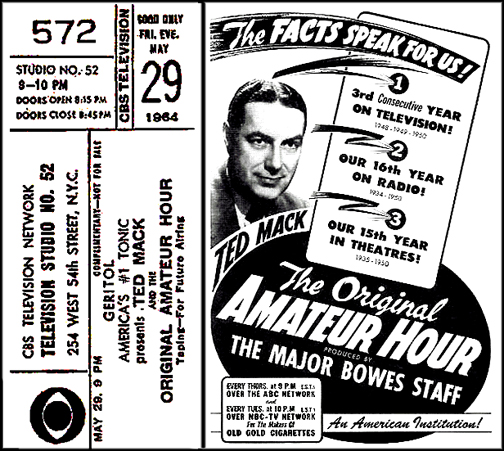
Mr. Mack brought America’s talent to television audiences and invited viewers to vote for their favorite act by calling or sending postcards to the network, similar to today’s talent reality shows. The Faircloth Chevrolet Co. sponsored the quintet that initially consisted of Tony Bowman (lead singer, upright bass), Avery Blevins (high tenor, trumpet), Bill Williams (baritone), Eddie Broyles (bass) and Buddy Fox (piano).
According to Bowman: “In 1959, we formed a Southern Gospel music group known as the Crusaders and frequently sang in the nearby area. A year later, we made a 45-rpm double-sided record containing four songs: ‘Lord, I'm Coming Home,’ ‘Walk Them Golden Stairs,’ ‘Fling Wide the Gates’ and ‘Jesus Lifted Me.’ For the Ted Mack show appearance, we changed our name to the Corvairs, the name of Chevrolet’s newly introduced rear engine air-cooled automobile. Mr. Faircloth provided two Chevrolet cars and rode with us to Orlando, Florida to audition for the show. We were invited to come to New York City in January 1961 to film the show.
“We chose the song, “He’s Got the Whole World in His Hand” because we wanted to sing something befitting of the Southern Gospel music we loved. We sent a reel-to-reel tape containing our rendition of the song so the studio orchestra could practice backing us up. “Mr. Faircloth again supplied us with two Chevys to drive, but this time, he chose to fly there. Also, Eddie and Bill did not make the trip and were replaced by Mickey Crawford (bass, ukulele) and Willard Blevins (baritone, clarinet). When we arrived in Manhattan, we checked in at the Hilton Hotel and later ate at the famous Toots Schorr Restaurant near Central Park.
“Our group arrived at the 254 West 54thStreet studio wearing matching outfits, consisting of a bronze coat, black pants, white shirt and matching tie. Mr. Mack was not present when we initially arrived. Since the set musicians had received a tape of our singing, they were ready for us. During the taping of our act, we began by singing and playing, but 30 seconds into the song, the orchestra joined us, elevating the music to a much fuller sound. It was then that Mr. Mack entered the studio. While he was talking to us and asking us questions, the crew filmed the conversation. Ted Mack had a nice personality, an upbeat demeanor and showed politeness to his employees. After we left the studio, the stagehands combined the two tapes into one. Our act was ready for television.”
The show aired in March. The group’s 85-second segment began with Mr. Mack introducing them: “We have two high school students, two college students and an automobile parts salesman for the Faircloth Chevrolet Company; call themselves the Corvairs. Ok, let’s hear it.” When the performance concluded, Mack reminded viewers: “They are the Corvairs from Johnson City, Tennessee and that voting address is Box 191, Radio City Station here in New York.” The group came in second place after being edged out by a grandmother playing a trumpet.
When the young men returned home, they became known as the Crusaders again. They received coverage in the Johnson City Press-Chronicle and were scheduled for 19 consecutive Sunday singing concerts. The group disbanded in the fall of 1962 when some of them went back to school.
“Ted Mack’s Original Amateur Hour” ran from 1948 until 1970. During its 22-year span, it had the distinction of being carried by all four television networks – CBS, NBC, ABC and Dumont.
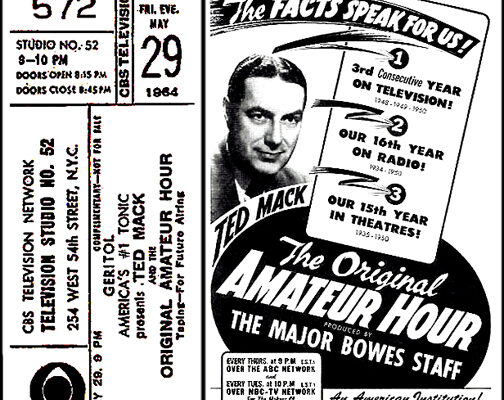
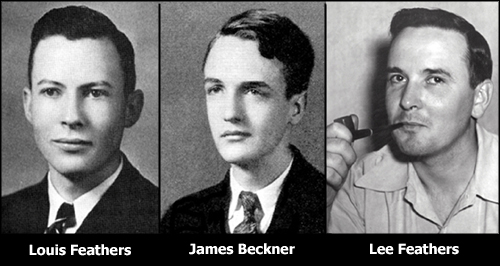


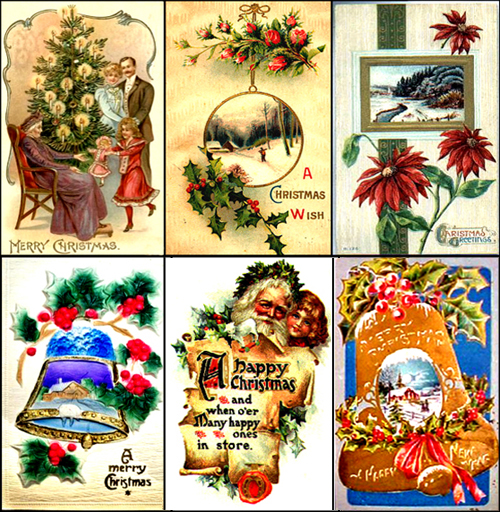
_0-477x400.jpg)
